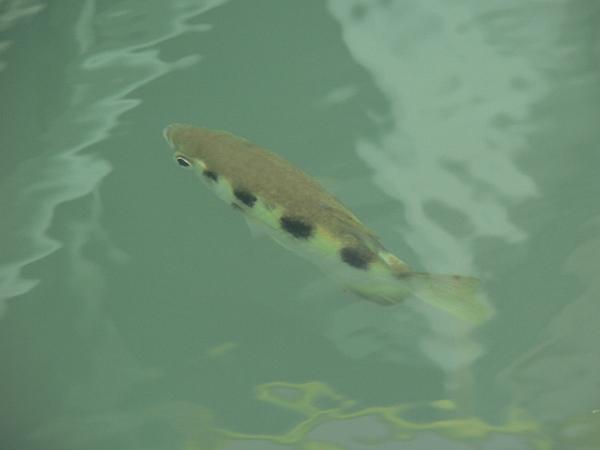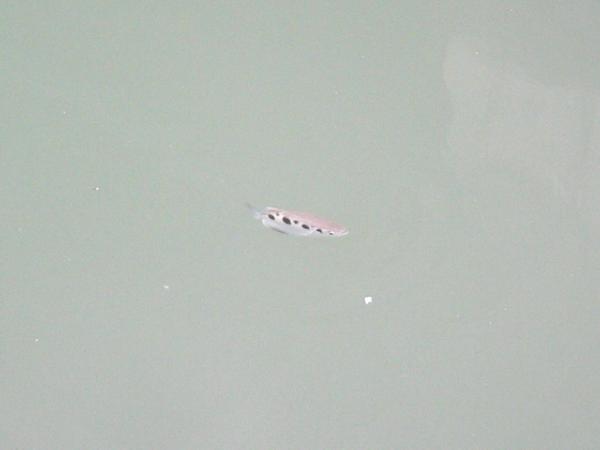Published in the Ocean Watch column, Honolulu Star-Advertiser © Susan Scott
June 22, 2007
I recently moored my sailboat at a marina in Townsville, a charming town on the northeast coast of Australia. There, near the walkway from pier to shore, hovered a group of odd-looking fish, about 10 inches long. They had pointed snouts, eyes near the tops of their heads and seven big black spots on each of their silvery sides.


“Do you know what these fish are called?” I asked a local boater last week as I leaned over the railing looking at the fish.
I expected the man to utter some Australian name I wouldn’t understand. But not only had I heard of these fish, they ranked high on my list of fish-I-must-someday-see. The moment he said the word, I recognized them. He called them archerfish.
I had thought archerfish, native to Southeast Asia and northern Australia, were strictly freshwater creatures, but I was wrong. Adult archerfish swim from rivers and estuaries to coral reefs to breed. The few juveniles that survive the reef swim to an estuary or river where they find others their age and form small schools. There, they shoot down insects by hard spitting.
The archerfish can make its mouth into a squirt gun by pressing its tongue against a groove at the roof of the mouth. When the fish spots a bug on a branch, it snaps its gills shut causing a powerful stream of water to shoot out.
To get the strongest jet, when it shoots, the fish raises its snout above the water’s surface. The tip of the fish’s tongue directs the stream.
Archerfishes’ large eyes near the tops of their heads give them binocular vision for a better aim. Binocular vision, however, doesn’t correct for refraction, the change of light direction as it passes from air to water. Since the least distorted view comes from straight below the prey, archerfish usually shoot at insects directly above.
Archerfish don’t always get their bug on the first shot, but they don’t have to. These fish can spit up to seven times in a row. Their water jets travel a distance of 9 feet, but after about 3 feet the fish’s accuracy drops quickly.
One problem of archerfish shooting in groups is that a hunting buddy may get to the fallen insect first. Archerfish, however, are extraordinarily good at retrieving their own prey.
To see if archerfish anticipate where their prey will fall before they shoot, researchers tricked the fish by tying tiny strings to flies. When the fish shot the fly, it didn’t hit the water. Still the archerfish darted to the correct spot, where the fly would have fallen, to catch it.
This suggests that archerfish use the height from the water and velocity of a fall to calculate when and where an insect will land.
Still, it’s easy to lose a meal to an alert neighbor. To eliminate such thefts, archerfish often jump from the water to catch their insects. They also hunt small fish and invertebrates in the water, using the standard technique of chasing.
Since there were no trees and few insects around the marina, my archerfish were probably hunting what swam beneath rather than what flew above.
It’s thrilling to see a fish new to me, especially a species I admire in a place I didn’t expect. When that man said, “Those are archerfish,” he didn’t know it, but he made my day.